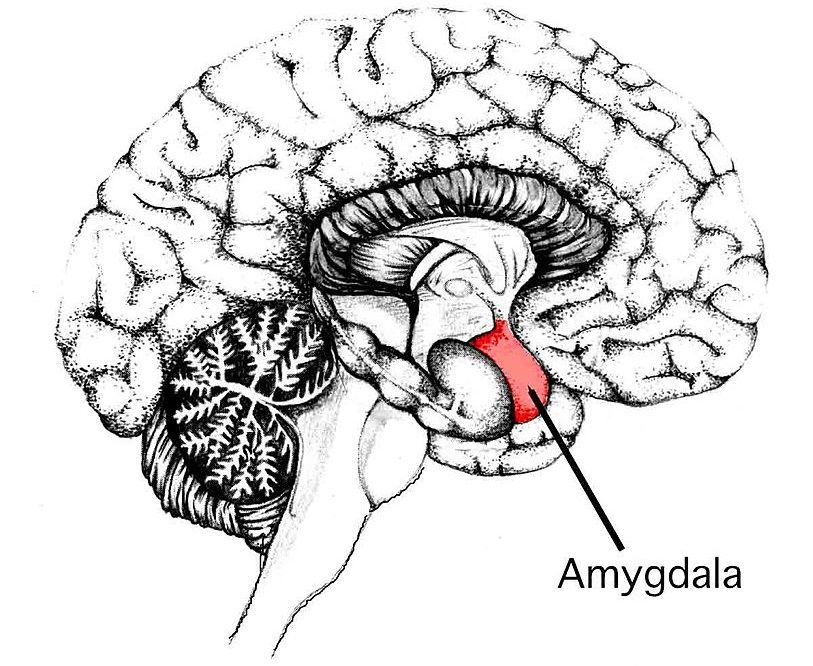Fear in a biological context
Ever wondered what is actually fear? Are fear and anxiety the same thing? And could be fear used for something good? What is fear conditioning? And finally, where is the fear centre in our brains?
If you did not know answer for at least one of these question, then read on and find out! ;)
Fear or anxiety?
Fear could be defined as a signal or motivational state induced by presence of imminent danger and a trigger of defensive behaviour such as hiding, freezing or escape. This fear response is completely normal and provides survival function- thus being preserved throughout evolution as a mechanism of minimizing harm to individual organism. Fear is also different than anxiety. Anxiety is a generalized response to an unknown threat or internal conflict, whereas fear is focused on known external danger. However, in humans, excessive fear or chronic anxiety may pose as major burdens for affected individuals or society they are living in.
Fear conditioning
In humans, but also animals, fear can be modulated by the process of cognition and learning. Fear conditioning can be defined as process of adaptive learning that enables organisms to predict aversive events. In rodents, the most commonly used procedure for inducing learned fear is Pavlovian fear conditioning. This approach combines neutral stimulus such as tone with unpleasant "unconditional stimulus" (US) such as foot shock. In time a connection forms between two stimuli and formerly neutral innocuous stimulus becomes "conditional stimulus" (CS) which when presented alone evokes fear response- called "conditional response" (CR). See the schematics bellow for better understanding! :)

Fear centre
As mentioned before chronic fear or anxiety may result in many negative effects, such as depressive or anxiety disorders. To treat these disorders patients are many times prescribed antidepressants such as selective serotonin reuptake inhibitors (SSRIs). However, the exact mechanism of action of SSRIs is still unknown and there are many adverse side effects such as increase of anxiety symptoms during early stages of treatment.
Amygdala represents the physical location of fear cognition and learning. It is a part of brain that plays primary role in memory forming, decision-making and emotional reactions- such as fear. Deactivation or damage of the amygdala might severely cripple fear response or cognition. One of the receptors located in amygdala is 5-HT2C receptor. It is a G-protein coupled receptor that mediates excitatory neurotransmission and binds serotonin - a monoamine neurotransmitter. Burghardt et al. (2007) conclude that enhanced activation of 5-HT2C receptors may be a mechanism for the anxiogenic effects of SSRIs observed initially during treatment.
Concluding remarks
If we could determine the exact molecular mechanism of fear, we could create drugs with much higher specificity than those that are used at the moment. It is all intertwined and thus science needs great researchers such as yourselves! Your findings may one day help the whole mankind. :)
Have a nice day!




Being A SteemStem Member
This post is so underrated right now, I hope it'll be noticed more! Great writing but I really liked schematics, helped to imagine how it works. Basing on the definitions You've provided, I can see that what I was calling 'fear' was indeed an anxiety. Oh well, will remember for the next time. And I agree, being exposed to anxiety for too long can be really devastating, I know it first-hand. Thank You, it was an interesting lecture.
Haha, I am really glad that you liked it! :)
Well, sometimes you get noticed, sometimes you dont - but that happens. We just have to keep trying, right? :)
That's the right attitude!
It's so beautiful and intresting post!